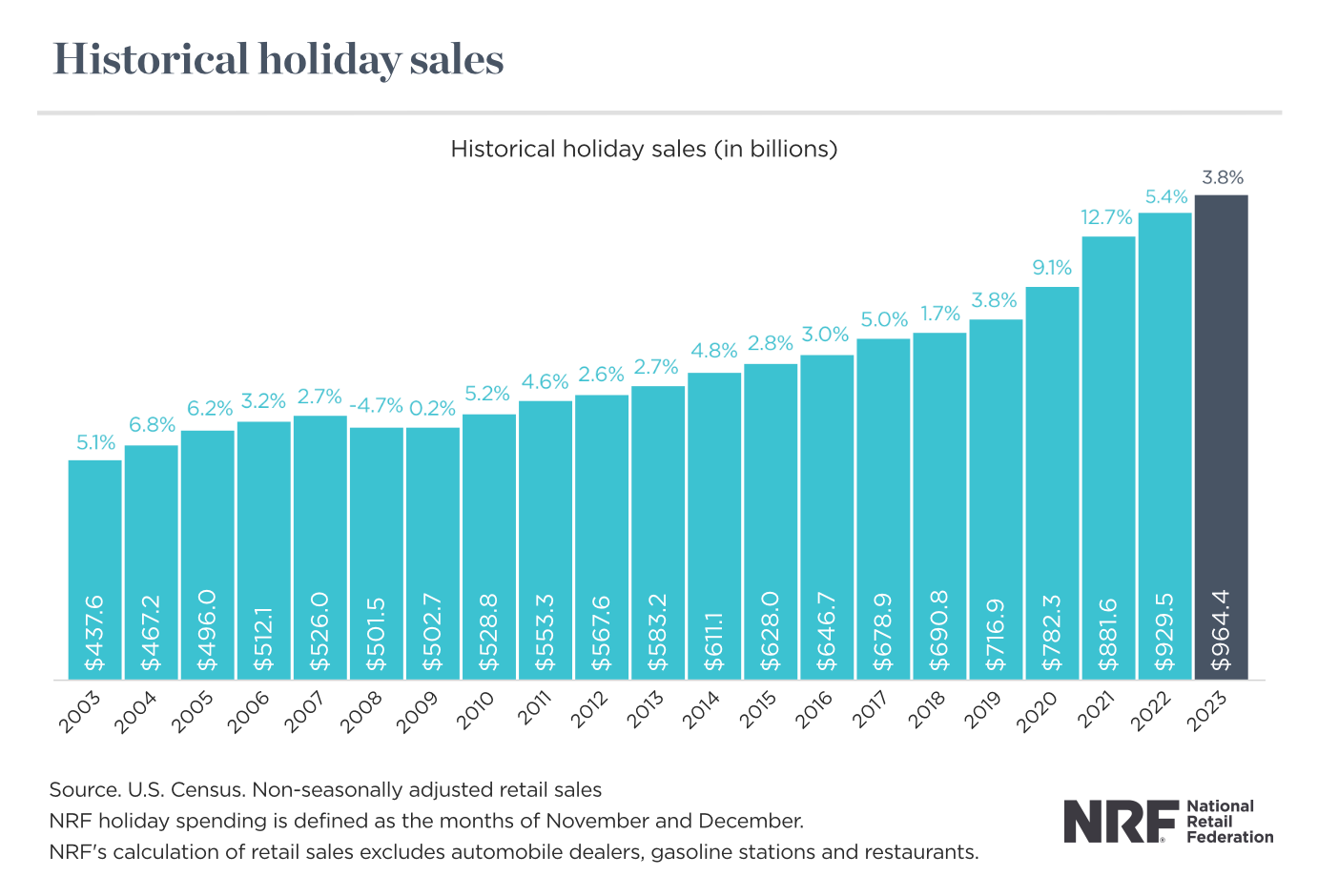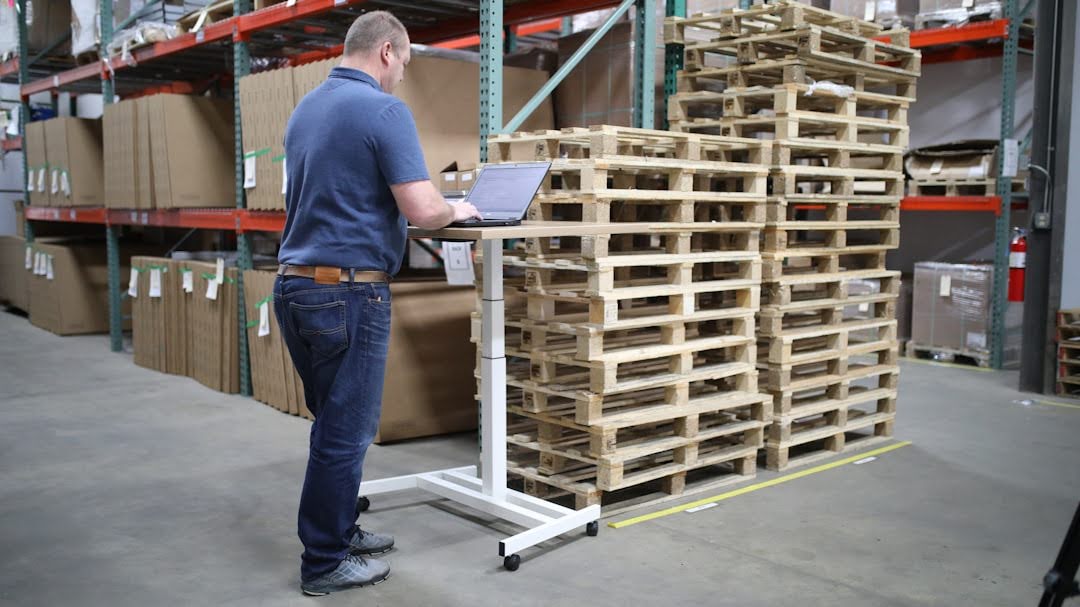
Jump right in: Peak Season Strategy: Scaling Warehouse Operations Without Chaos
Peak season can make or break e-commerce and logistics teams. Orders pile up, customers want everything yesterday, and there’s never enough time. If you’ve been through it, you know that scaling warehouse operations during the holidays is tough. Maybe not impossible, but definitely challenging!

But here’s what I’ve learned after years in this business: You can actually scale without losing your mind. This article shows you how to boost capacity, maintain accuracy, and keep your teams from burning out when orders go through the roof. Let’s talk about what peak season really looks like, what goes wrong, and what actually works when the pressure’s on.
Understanding Peak Season Dynamics
Most retailers see their biggest rush from early November through December. Black Friday and Cyber Monday are the obvious peaks, but different industries have their own patterns.
Halloween merchandise starts moving in September. Fashion retailers deal with fall collections. And don’t forget about January returns!
The numbers don’t lie:

- Holiday retail sales hit $964.4 billion in 2023, up 3.8% from 2022.
- Cyber Monday alone brought in $12.4 billion, making it the biggest online shopping day ever.
- Black Friday wasn’t far behind at $9.6 billion.
All those orders have to go somewhere, and that somewhere is your warehouse. That’s why you have to understand the peak season for your e-commerce and/or retail business.
What makes peak season particularly rough isn’t just the volume. It’s the unpredictability, such as the introduction of new products, constant promotions, tighter deadlines, and customers changing their minds about what they want. If you run your warehouse the same way you do in July, just with more overtime, you’re in for a rough ride.
Is Your Business Ready for Professional Order Fulfillment Services?
Take our 3-minute assessment to discover if partnering with a fulfillment service could help scale your business.
Storage Solutions
Optimize your inventory management
Scale Operations
Support your business growth
Save Time
Focus on core business activities
Improve Accuracy
Enhance customer satisfaction
Takes 3 minutes • Get instant results • Free analysis
Business Metrics
Assessment Questions (1-4)
Assessment Questions (5-8)
Assessment Results
The Challenges of Scaling Warehouse Operations
Warehouse operations come with inevitable challenges. Whether an international or local warehouse, the pressure hits the same once peak season arrives. Order volumes surge and timelines shrink. Even well-run operations start showing cracks.
If you don’t prepare for the chaos, small issues can snowball into costly delays and frustrated customers. Here are some challenges you might face when scaling your warehouse operations:
- Staffing gets messy. You need to hire quickly without hiring badly. New people need training fast. Your regular crew gets tired and makes mistakes.
- Space runs out. Suddenly, you’re storing seasonal inventory, handling more SKUs, and processing returns while trying to keep aisles clear for pickers.
- Inventory gets complicated. A 2025 survey of over 100 Kardex Remstar customers reveals that inventory control is the top challenge in warehouse management. Counts get fuzzy when everything’s moving fast. Promotions create demand spikes you didn’t see coming. Safety stock disappears overnight.

- Speed versus accuracy becomes a real problem. Ship dates get tighter just as your order volume doubles. Make too many mistakes and you’ll spend December dealing with angry customers instead of celebrating.
Mess any of this up and you’re looking at backed-up orders, expensive rush shipping, picking errors, and customer service nightmares. Your costs go up while your reputation goes down.
Even something as simple as selling blank t-shirts for custom designs can expose these challenges fast. One viral promotion can double your orders overnight. Suddenly, you’re short on storage space and racing to restock before customers start canceling.
When demand spikes that quickly, scaling your warehouse isn’t optional. It’s the difference between growth and chaos!
Key Strategies for Efficient Warehouse Scaling
Peak season rewards thoughtful preparation, not last-minute scrambling. You don’t have to reinvent your entire operation. Just focus on what matters most.

Image source: Unsplash
If you want to scale your e-commerce or retail business without burning out your team or breaking your systems, you just need to get the essentials right.
1. Get your workforce right
When preparing your warehouse for the peak season, start with your workforce. Here’s how to get your team ready:
- Hire seasonal support early. Start lining up temporary workers now, not next month. Have backup staffing agencies ready. Be realistic about what temps can handle. Don’t throw them into complex tasks on their second day.
- Cross-train your core team. Your permanent staff is your secret weapon. Train them to handle multiple jobs so you can shift people where you need them. When someone calls in sick during your busiest week, you’ll be glad you did.
- Protect morale during the rush. Keep people happy when things get crazy. Quick team meetings, clear daily goals, and basic comforts matter. Buy lunch during tough weeks. Give people proper breaks. Thank them when they stay late. Small gestures keep good people from walking out when you need them most.
Take it from Grant Aldrich, Founder of Preppy. He always prepares his team by equipping them with tools and resources for any upcoming events. He also provides them with the utmost support and constant motivation.
Aldrich says, “Everyone focuses on hiring temps, but your best asset is the team you already have. When your regular workers can juggle multiple tasks, you maintain quality even when things get chaotic. Smart companies build flexibility into their permanent workforce, not just their seasonal hiring.”
Common Challenges and Solutions
Let’s be honest: Stuff goes wrong. But most problems follow patterns you can plan for. The key here is to have lessons learned from failed 3PL partnerships.
That said, here are common challenges you might face and how to address them:
- Inventory mismatches happen. Usually, it’s a sync delay or failed update. Push changes immediately and run daily reconciliation checks between systems to ensure accuracy and consistency.
- Overselling during busy times sucks. Add buffer stock for popular items until you trust your sync speeds. Different channels might need different buffers.
- Shipping delays kill metrics. Know your carrier cutoffs cold. If you promise two days, make sure your entire process fits that timeline with room to spare.
- Returns can spiral out of control. Standardize your reason codes and processes across channels. For electronics, always verify serial numbers to catch fraud attempts.
Take it from Stanislav Khilobochenko, Vice President of Customer Services at Clario. Having worked with 3PL providers for their tools and supplies, he understands some of the challenges encountered.
Khilobochenko recommends, “Most problems come from bad data handoffs. Set up alerts for weird patterns like sudden inventory drops, unusual order volumes, whatever looks off. Your 3PL should flag issues before customers notice.”
For platform-specific rules, hit up Walmart’s Seller Help and Newegg’s seller resources.
Save Yourself the Headache and Let us Handle Your Fulfillment!
See How Using a 3PL for saves Apparel sellers time. Get a Free Quote from eFulfillment Service Today!
2. Make your space work harder
The next consideration for your warehouse operation is space utilization. Here’s how to make the most of it:
- Redesign your floor for faster movement. Walk your warehouse floor and ask yourself: where are people wasting steps? Move your fastest-selling items closer to packing stations. Set up dedicated areas for Black Friday deals. Create express lanes for simple orders.
- Use vertical space and seasonal zones. Look up, as most warehouses have unused vertical space. Add shelf levels. Use temporary locations for seasonal items. Set aside areas for products that ship together.
- Upgrade processes before your upgrade robots. You don’t need robots to improve efficiency. Mobile scanning carts cut walking time. Simple light systems speed up packing. Scales that weigh while items move save seconds that add up. Small improvements in the right places can significantly boost your throughput.
Learn from Wang Dong, Founder of Vanswe Fitness. Having maintained space for his fitness center, he has seen this firsthand.
When asked about space management for warehouses, Dong explains, “Space is one of the most expensive parts of running a warehouse, but most companies don’t actually use it well. Before you think about expanding, rethink your layout. A smarter floor plan can boost output just as much as new equipment without the extra rent.”
Save Yourself the Headache and Let us Handle Your Fulfillment!
See How Using a 3PL for saves Apparel sellers time. Get a Free Quote from eFulfillment Service Today!
3. Control your inventory
Even the best warehouse setup falls apart without strong inventory control. Peak season demands proper planning with accuracy and visibility. Why? Because you can’t ship what you don’t have, and you can’t fix a stockout once the order flood starts. Here’s how to regulate your stock levels:
- Forecast beyond last year’s numbers. Good forecasting saves you from most disasters during peak seasons. Look beyond the numbers from the previous year. Factor in your marketing calendar, planned promotions, and what your website data says about customer interest. Modern forecasting tools can cut prediction errors in half.
- Build safety stock strategically. Stock extra inventory, but be smart about it. Focus on items where running out would really hurt, such as your top sellers and those with long lead times. Spread your orders across multiple suppliers when possible.
- Track everything in real time. Most importantly, know what you have and where it is. Your inventory system should warn you before you run out, automatically reorder key items, and show real-time availability across all locations.
- Prepare months before the rush. The key to all of this? Start now. Companies that succeed during peak season aren’t doing anything special in December. They made good decisions in August and September, then stuck to their plan when things got hectic.
Anna Zhang, Head of Marketing at U7BUY, emphasizes the need for inventory control in business.
Zhang shares, “Inventory issues don’t start during peak season; They just get exposed. The brands that win are the ones that treat inventory control as a strategy, not a scramble. When you know exactly what’s moving and what’s at risk, you can scale without panic.”
4. Use tools and technology
The right technology makes everything else work better. It won’t solve bad processes, but it helps good teams work faster and smarter. That’s why it’s a good idea to implement smart warehousing using AI and automation.
Here are tools and technologies to use for your warehouse operations and get you ready for the peak season:
- Use WMS for real-time control. A solid Warehouse Management System (WMS) keeps everyone on the same page. Workers know what to pick next. Managers see bottlenecks before they explode. Real-time data means you’re making decisions based on what’s happening now, not what happened yesterday.
- Improve accuracy with barcode scanners and RFID tags. These tools may seem basic, but they prevent countless errors when speed is crucial. You know exactly what’s where, which means fewer lost orders and confused customers. Ultimately, visibility improvements alone justify the investment.
- Use AI to stay ahead of problems. Intelligent software can predict issues before they happen. When your system notices unusual order patterns or inventory running low, you can adjust staffing or expedite shipments before you’re in crisis mode.
Andy Wang, Marketing Manager at Skywork AI, recommends using modern technologies to optimize your business operations. He suggests leveraging AI tools specifically designed for warehouse management in preparation for the peak season.
Wang justifies, “People think technology is about fancy robots, but it’s really about visibility. When everyone from pickers to managers can see the same real-time data, decisions happen fast and mistakes drop dramatically. The best warehouse tech disappears into the background and just makes everything flow better.”
5. Work with a 3PL Provider
Sometimes the most brilliant move is getting help. A good 3PL partner brings extra capacity, experienced workers, and systems that already work. They might also have warehouses closer to your customers, which saves on shipping.
However, you also have to consider the 3PL costs and fee structure. Finding the right partner takes homework:
- Make sure they handle businesses like yours with similar products, order sizes, and seasonal patterns.
- Check their technology setup and make sure your systems can talk to each other.
- Ask hard questions about their peak season plans: How do they staff up during this time? What are their holiday cutoffs? Which carriers do they use? What happens when things go wrong?
Take eFulfillment, for instance, with its warehousing service: It offers a flexible, tech-enabled warehousing solution where you only pay for the exact storage space you use, whether it’s a few cubic feet or multiple pallets. This makes it a cost-efficient alternative to traditional one-size-fits-all warehouse pricing.

Once you choose a 3PL provider, work with them like they’re part of your team:
- Share your forecasts constantly. Weekly updates are good. Daily updates during busy periods are better.
- Agree on standards upfront and stick to them. Know who to call when problems pop up.
- Test everything before peak season hits. File transfers, shipping labels, product bundles, returns? Work out the bugs when you have time to fix them.
Ryan Beattie, Director of Business Development at UK SARMs, suggests collaborating with a 3PL service provider. He has his fair share of experience working with one for warehousing and logistics.
Beattie nudges, “Great 3PL relationships are built on honesty, not contracts. Share your real forecasts, your actual problems, and your true goals. When your logistics partner knows what you’re really dealing with, they can actually help instead of just processing orders.”
Summary
Peak season isn’t about heroics. It’s about preparation meeting opportunities. The warehouses that thrive are the ones that started planning months ago. This entails hiring the right people, organizing their space, managing inventory intelligently, and choosing technology that actually helps.
Success comes from dozens of small decisions made well before the rush hits. When order volumes spike and deadlines shrink, you want boring competence, not last-minute scrambles.
Look at your operation right now. What needs work before peak season arrives? Maybe it’s training, maybe it’s layout, maybe it’s finally upgrading that ancient inventory system.
If you need help figuring out your next move or want to explore 3PL options, check out the eFulfillment service. We help growing brands handle growth without the growing pains. To get started, request a free quote!
About the Author
Jesse Galanis is a professional writer who decomposes complex concepts of business information and working online. He provides quality content that assists people in everyday life.





0 Comments